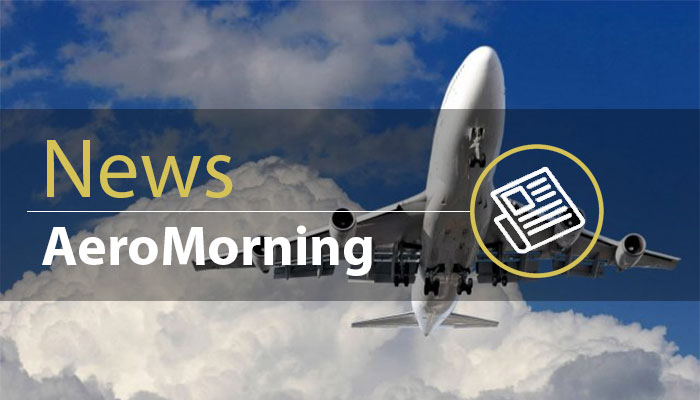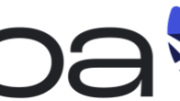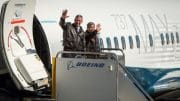22nd November, 2022: The Airbus A320neo family and Boeing 737 MAX will be the most predominant narrowbody aircraft by 2032, according to insights revealed today by IBA, the leading aviation market intelligence and consultancy company.
In a narrowbody aircraft webinar, IBA experts outlined that global capacity recovery towards 2019 has slowed in the second half of 2022, but is continuing into 2023. According to data from IBA’s Insight platform, this slower rate of recovery is strongly influenced by the Asia Pacific region which is currently at just 55% of 2019 levels, through the end of October.
Further intelligence from IBA Insight found that new narrowbody aircraft market values have broadly recovered to pre-pandemic levels. For instance, the 2022 base value of a new A320neo is 3.5% higher than 2019, and the 2022 and 2019 values of a Boeing 737MAX 8 are on par. By contrast, mid-life aircraft values are recovering at a slower pace, with a 15-year old A320-200 around 25% behind 2019 levels.
Sharing data on lease rates, IBA experts explained that new aircraft rates are rising to above 2019 levels. This is largely driven by a combination of short supply and rising demand and interest rates. Overall, narrowbody lease rates are recovering and lease rate factors are rising due to the cost of borrowing. Previous generation narrowbody lease rates have followed a slower path of recovery, but are set to benefit from new aircraft supply constraints.
In the third edition of a new six-week webinar series entitled “Ask the Appraiser’, IBA’s experts also provided a macro-economic and geopolitical risk update on the narrowbody aircraft market. The webinar revealed that:
- Passenger markets have opened and demand is recovering with the majority of travel restrictions now lifted
- Supply chain and OEM bottlenecks are easing slowly which in turn is helping lease rate recovery
- Despite this, inflation, interest rates and labour costs are all causing issues for the aviation industry
- Operational costs are set to rise due to increased labour and jet fuel costs. Furthermore, a strong US dollar combined with sanctions on Russian oil will add further cost pressure for the industry














Be the first to comment on "A320NEO AND 737 MAX set to lead narrowbody fleet by 2032, iba insights show"